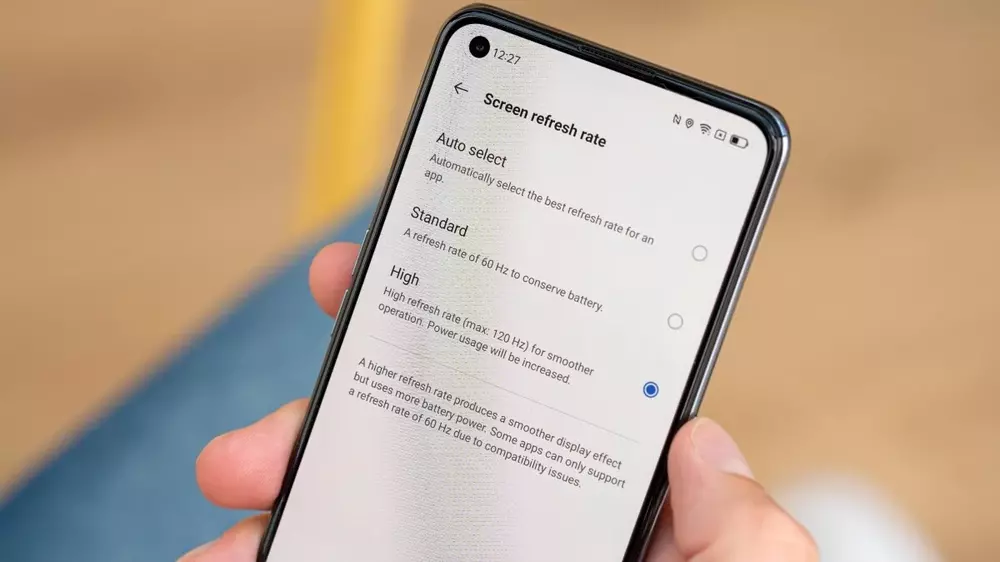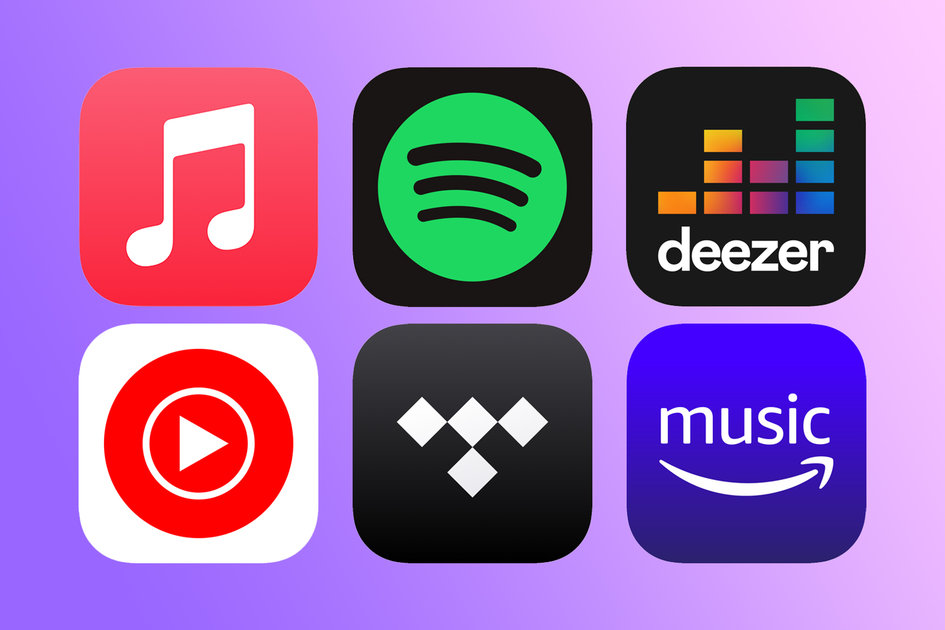Exploring Refresh Rates of Smartphone Screens: A Guide to Understanding the Importance of Higher Refresh Rates

Introduction
The refresh rate is the number of times per second that a screen refreshes its content. The higher the refresh rate, the smoother and more responsive the screen will feel, particularly when scrolling or gaming. While many smartphone manufacturers have been increasing the refresh rates of their screens in recent years, not all smartphones have the same refresh rate, and it’s essential to understand the benefits and drawbacks of different rates.
What is a Refresh Rate and How Does it Impact Performance?
The screen refresh rate is measured in Hertz (Hz) and refers to the number of times per second (fps) the screen updates itself. The higher the refresh rate, the smoother the on-screen animation appears and the faster the screen can respond to user inputs.
Different types of refresh rates in smartphones
There are typically three types of refresh rates that are seen in smartphones:
- 60Hz: This is the most common refresh rate that is found in most smartphones. A 60Hz refresh rate means that the screen refreshes 60 times per second. This is adequate for most users who use their phones for general activities like browsing, social media, and watching videos. However, for activities that require smoother and more responsive motion, such as gaming, a higher refresh rate is preferable.
- 90Hz/120Hz: These refresh rates are becoming increasingly popular in high-end smartphones. A 90Hz refresh rate means that the screen refreshes 90 times per second, while a 120Hz refresh rate means that the screen refreshes 120 times per second. These higher refresh rates offer smoother scrolling and more responsive touch feedback, making them ideal for activities such as gaming and scrolling through social media feeds.
- 144Hz: This refresh rate is not yet commonly found in smartphones, but some gaming smartphones have started to offer this feature. A 144Hz refresh rate means that the screen refreshes 144 times per second. This is ideal for gaming, as it offers the smoothest and most responsive gameplay.
It’s worth noting that a higher refresh rate can also have an impact on battery life. The faster the screen refreshes, the more power it will consume. Manufacturers have implemented various technologies to mitigate this issue, such as variable refresh rates that can adjust based on the content being displayed.
Examples of smartphones with various refresh rates:
- 60Hz: iPhone 12, Samsung Galaxy S21, Google Pixel 5
- 90Hz: OnePlus 9, Samsung Galaxy S21 Ultra, Google Pixel 4a 5G
- 120Hz: Samsung Galaxy S21+, OnePlus 9 Pro, Asus ROG Phone 5
- 144Hz: Asus ROG Phone 5 Ultimate, Nubia RedMagic 6 Pro, Black Shark 4 Pro
It’s important to note that a higher refresh rate does not necessarily mean a better overall user experience. Other factors, such as display resolution, color accuracy, and brightness, are also important to consider. Ultimately, it’s up to the user to decide what features are most important to them and to choose a smartphone that meets their specific needs.


